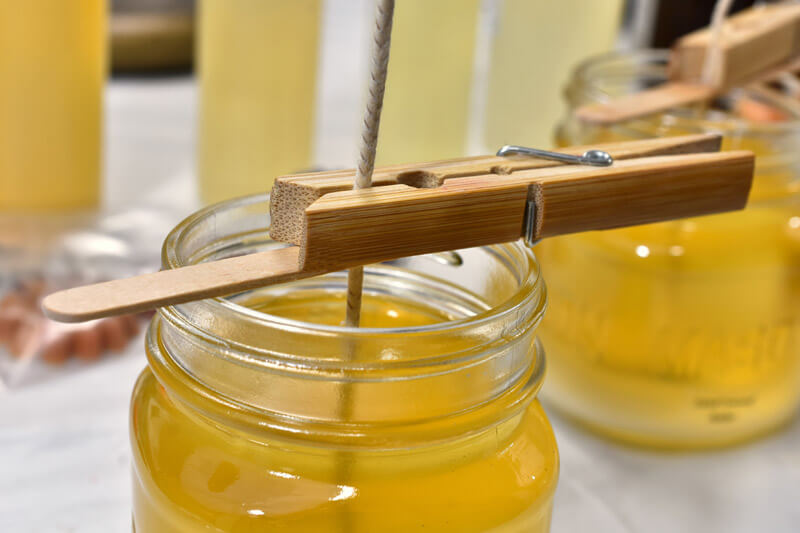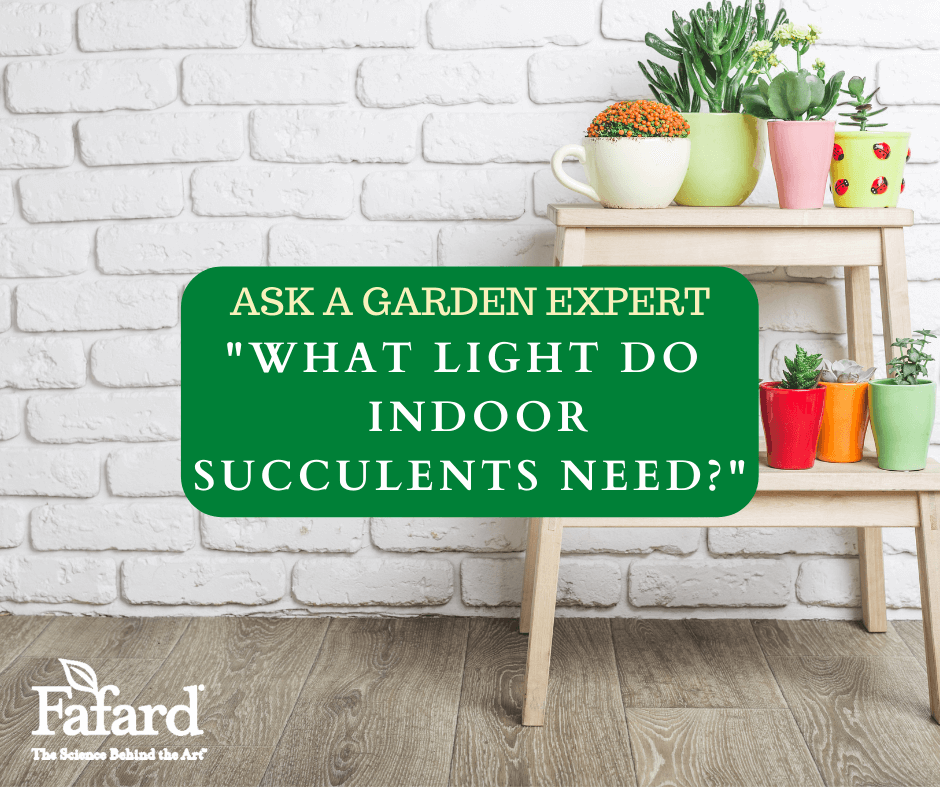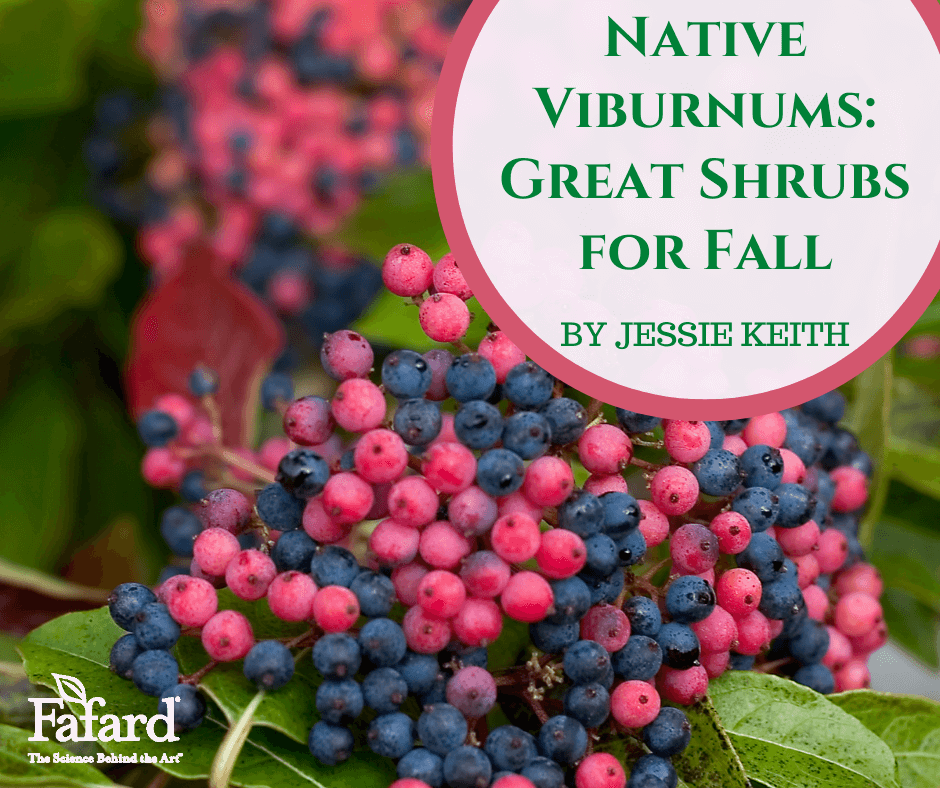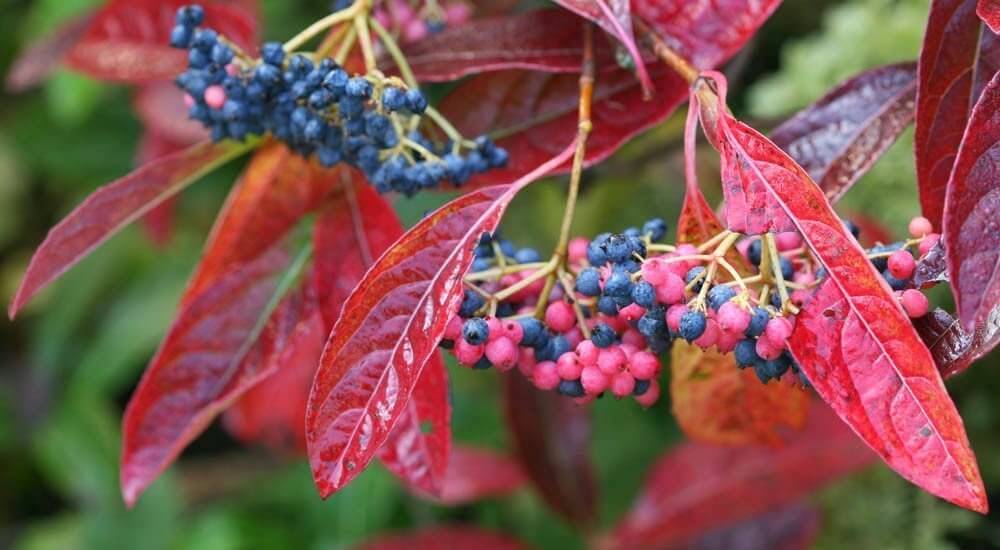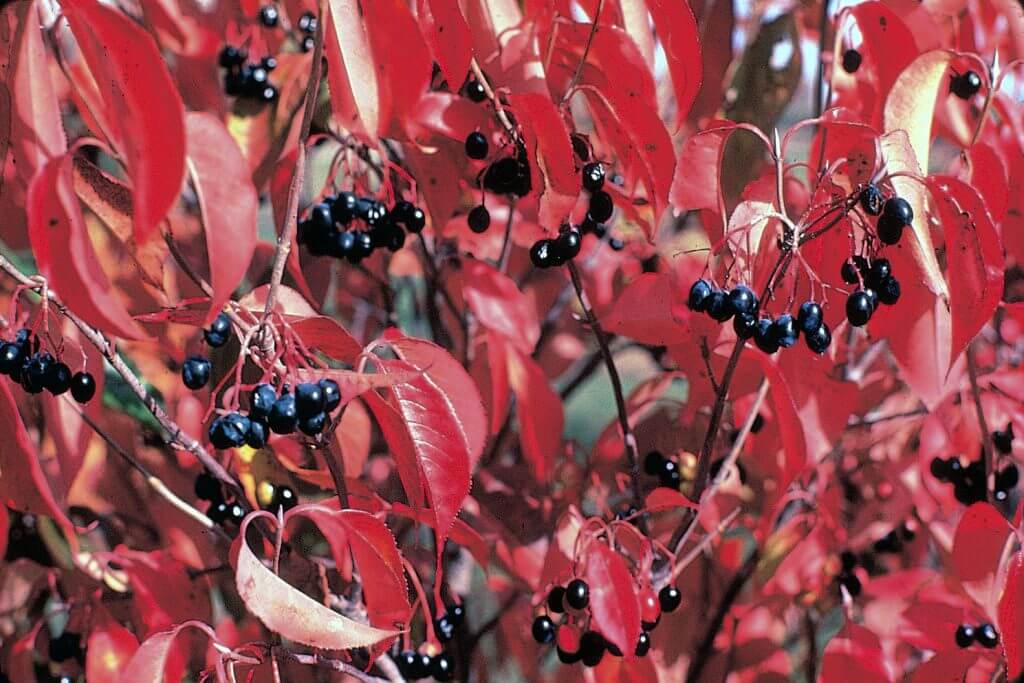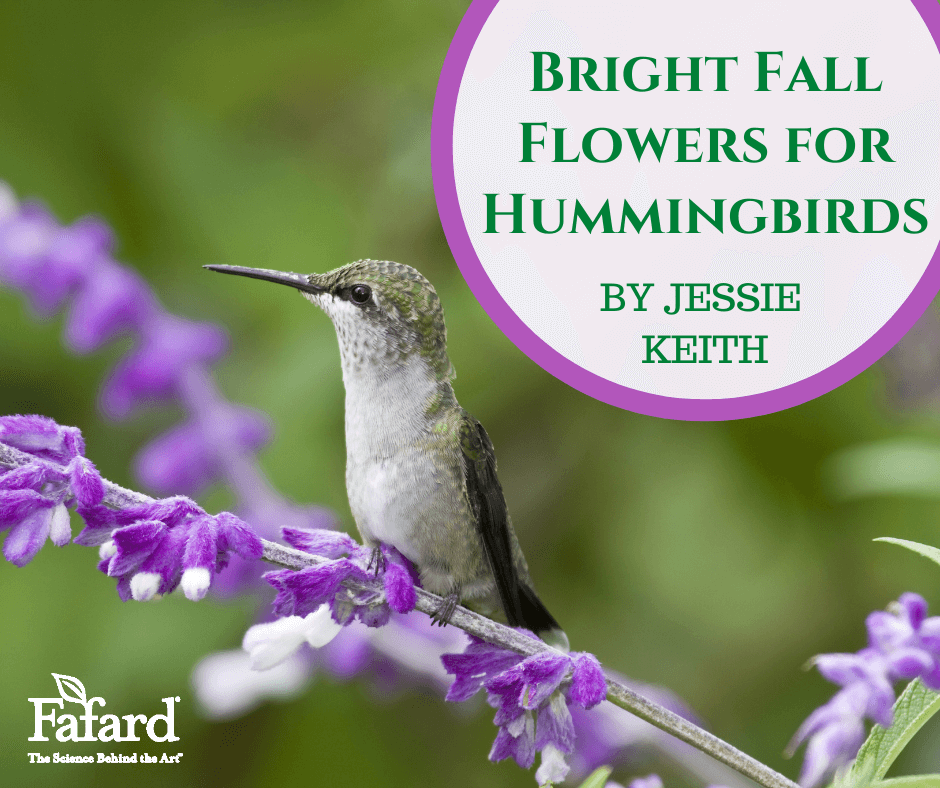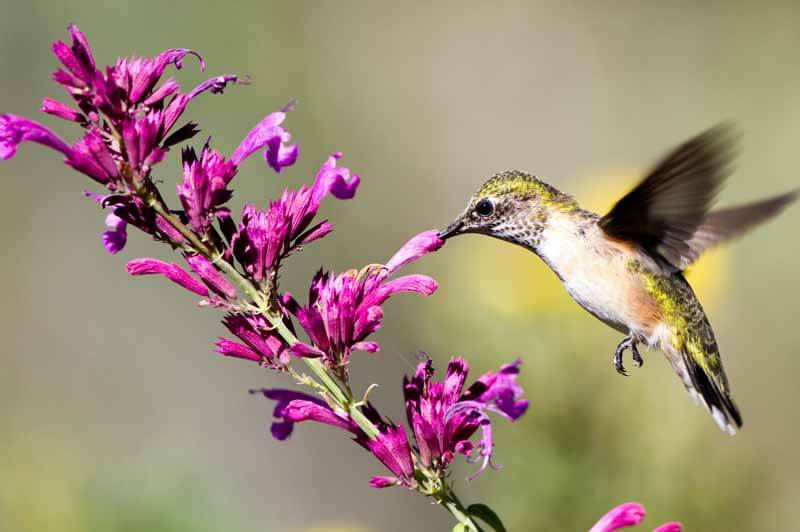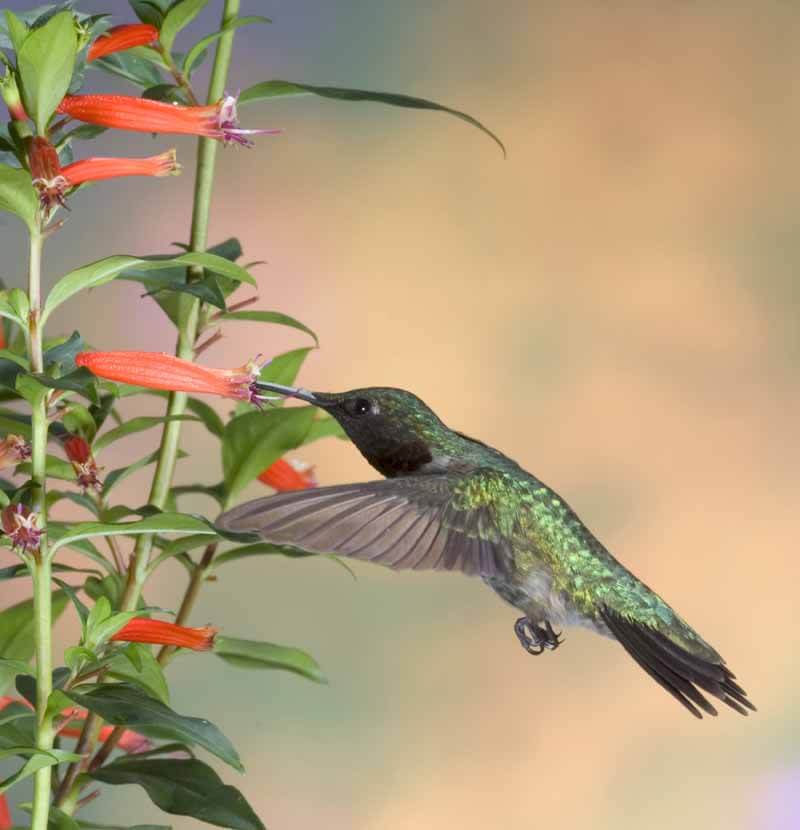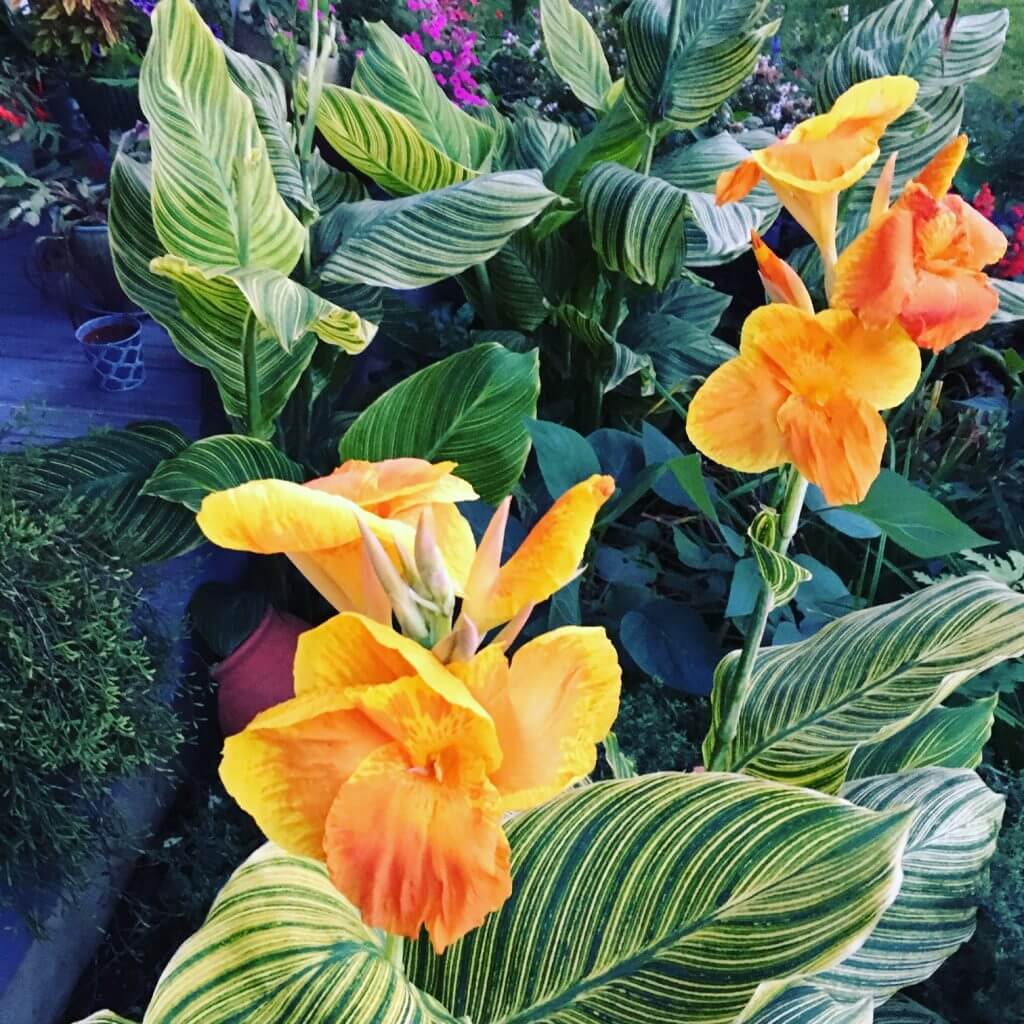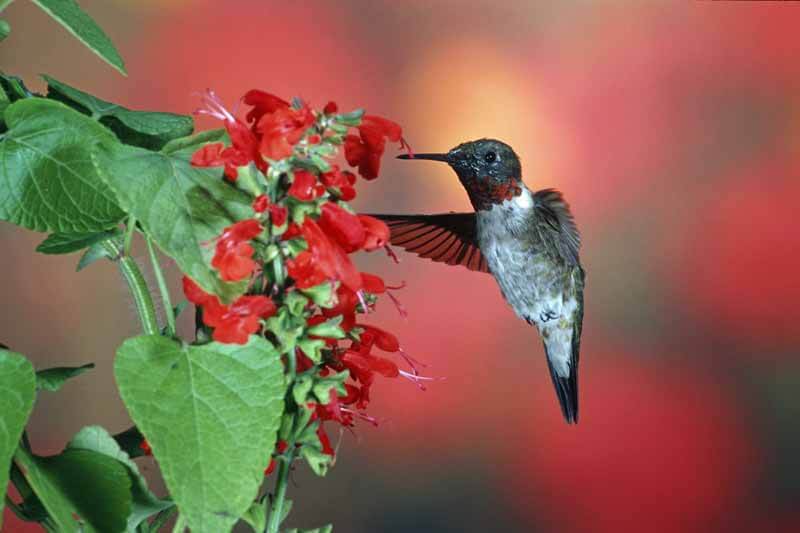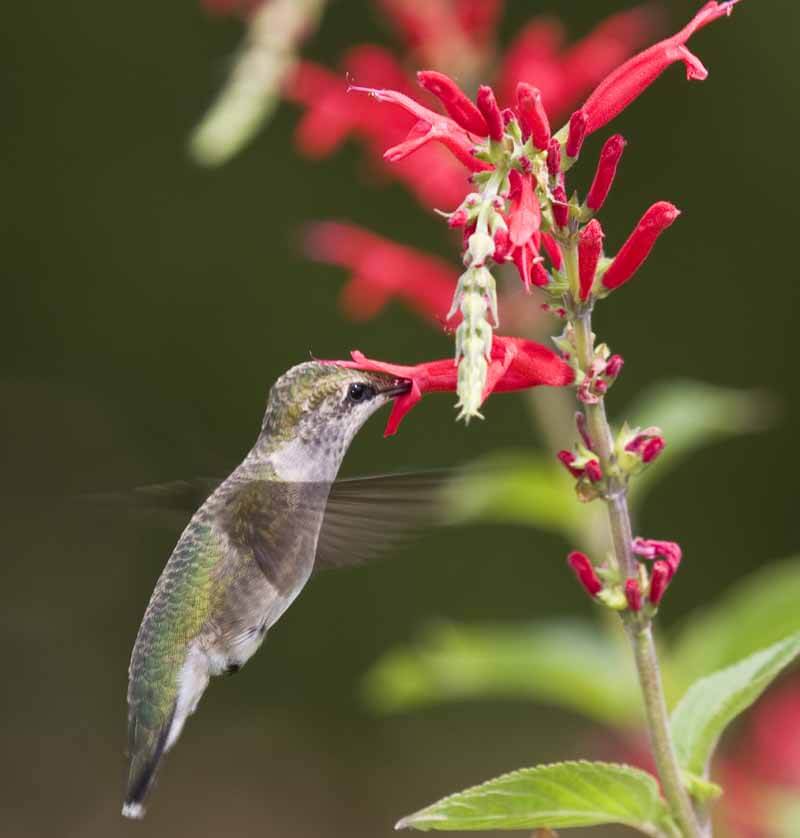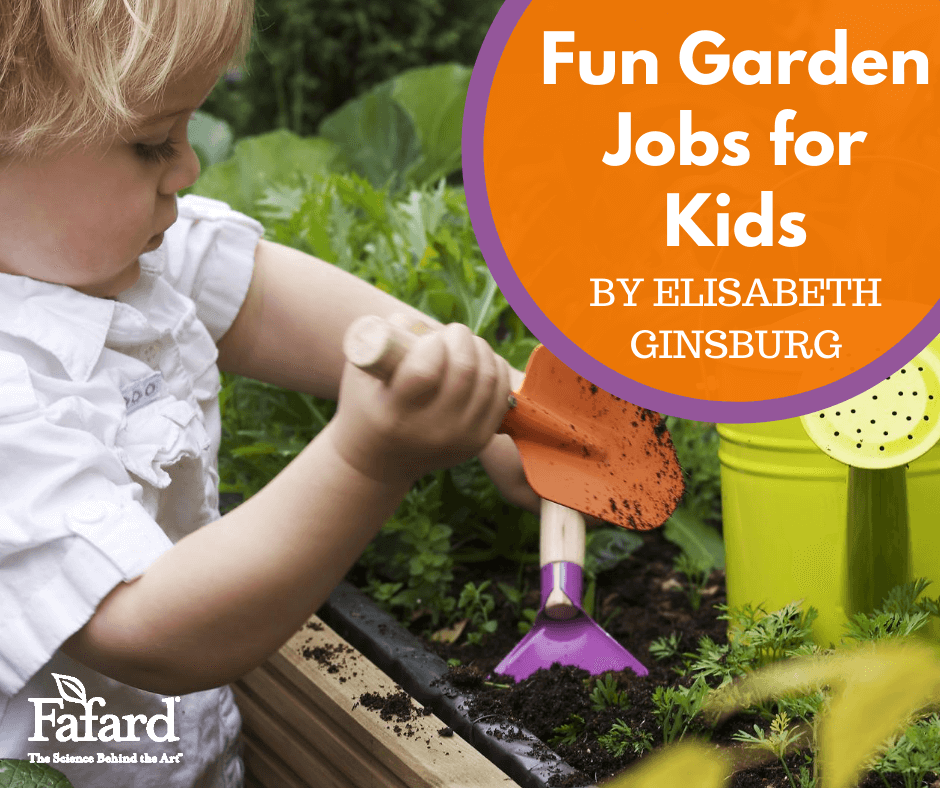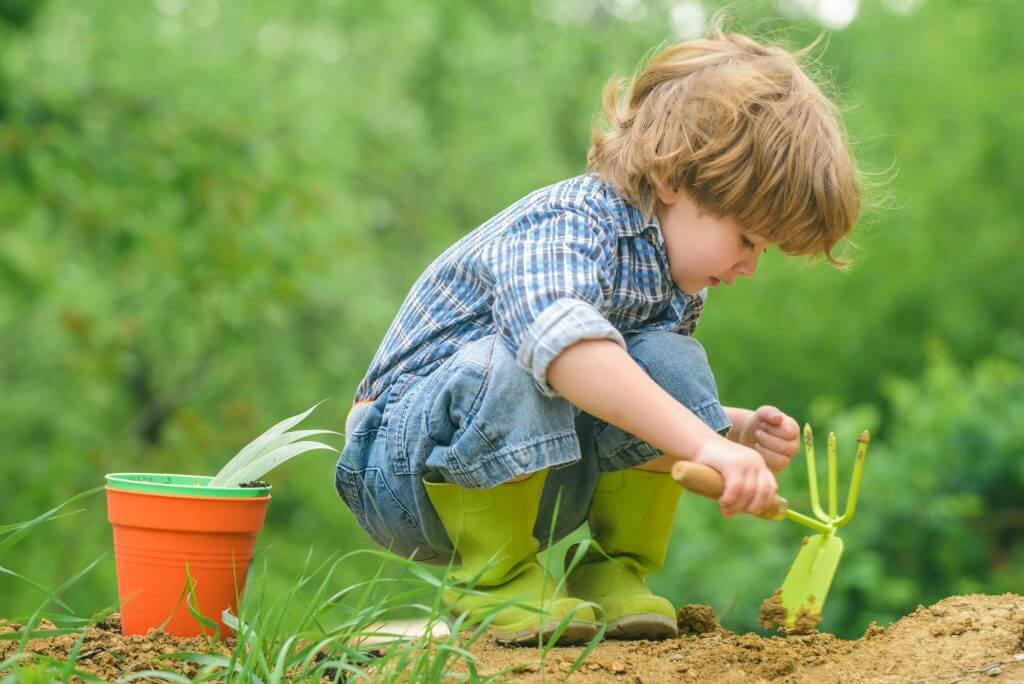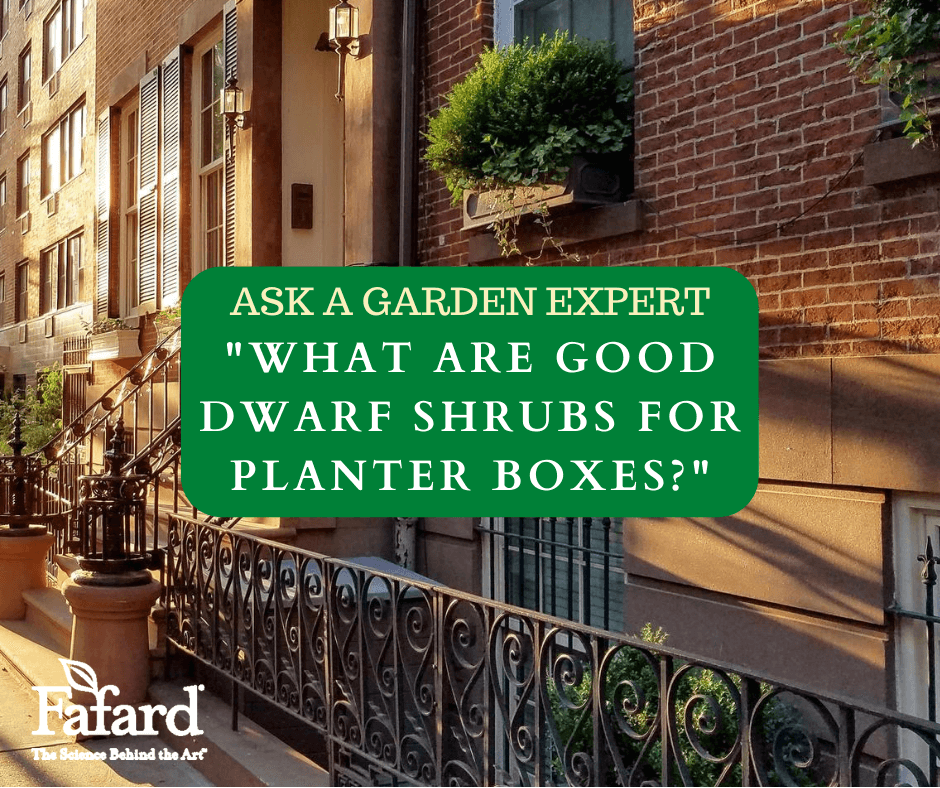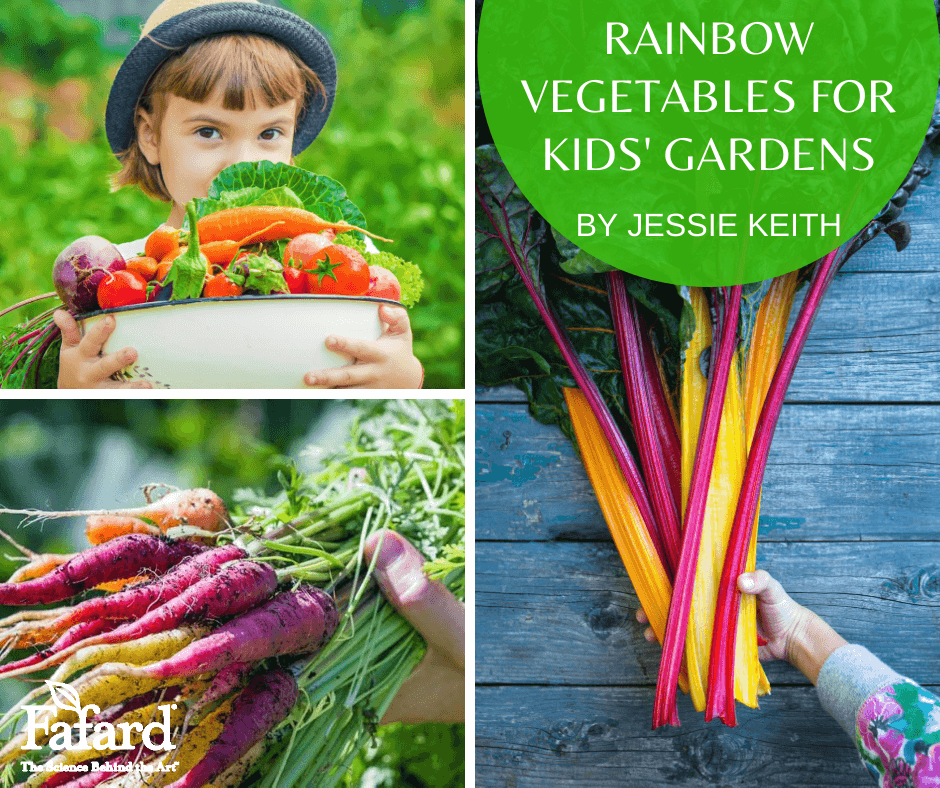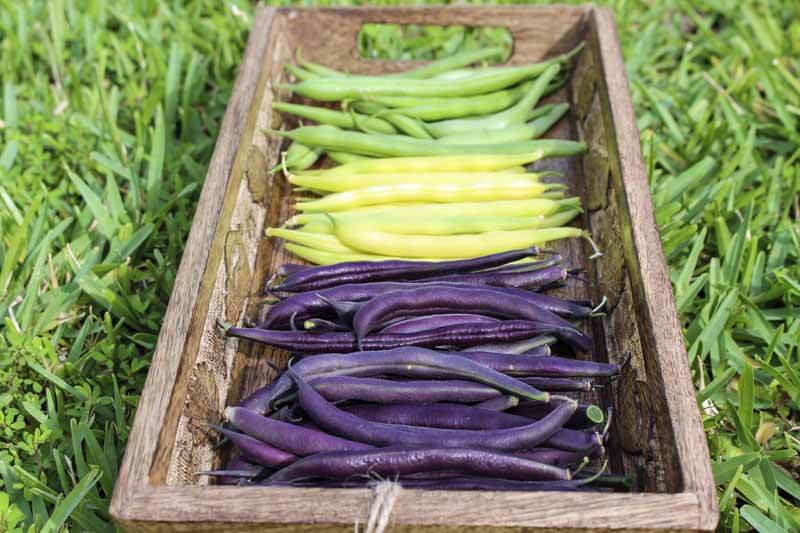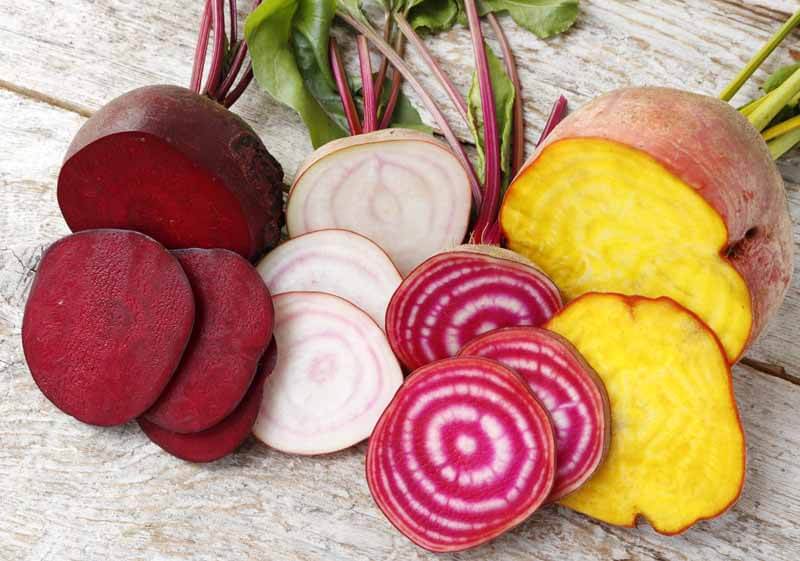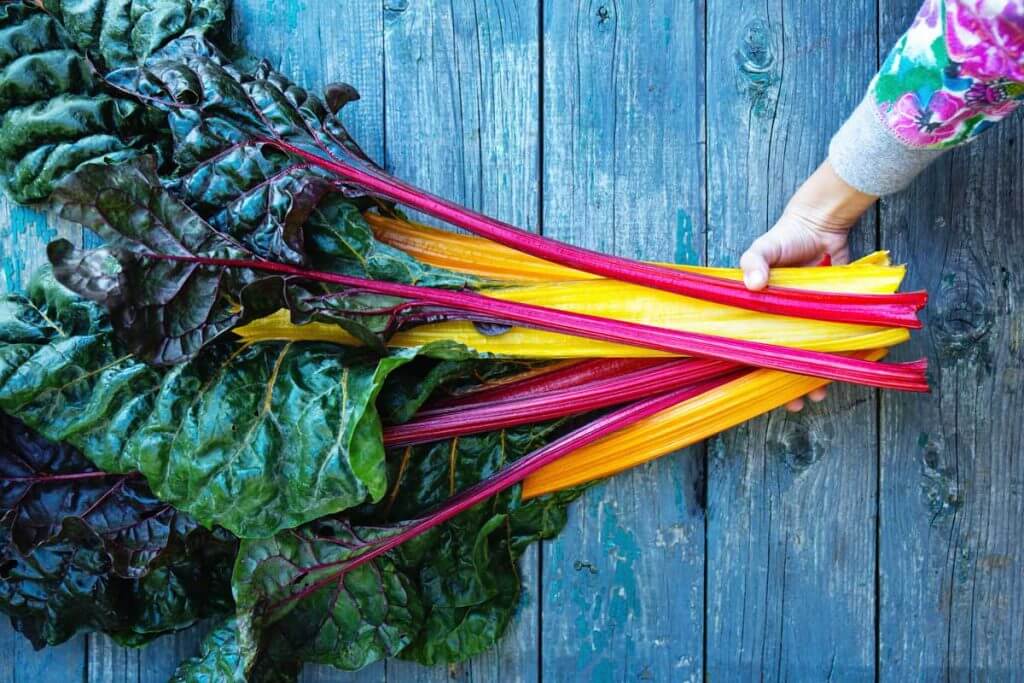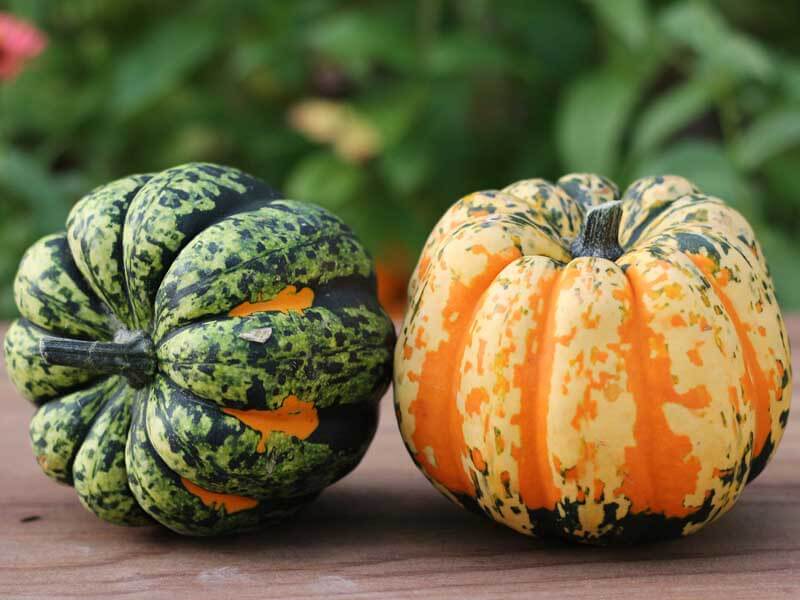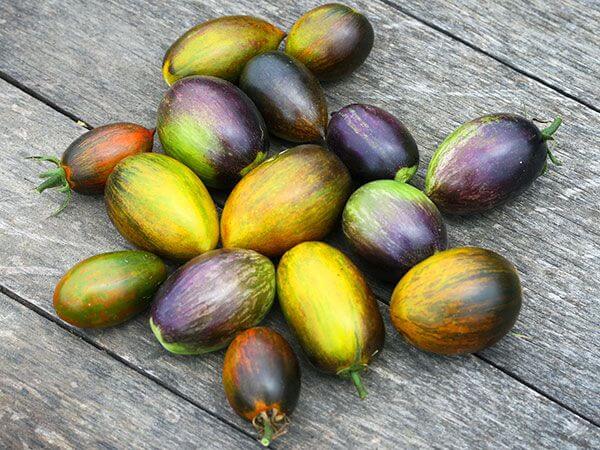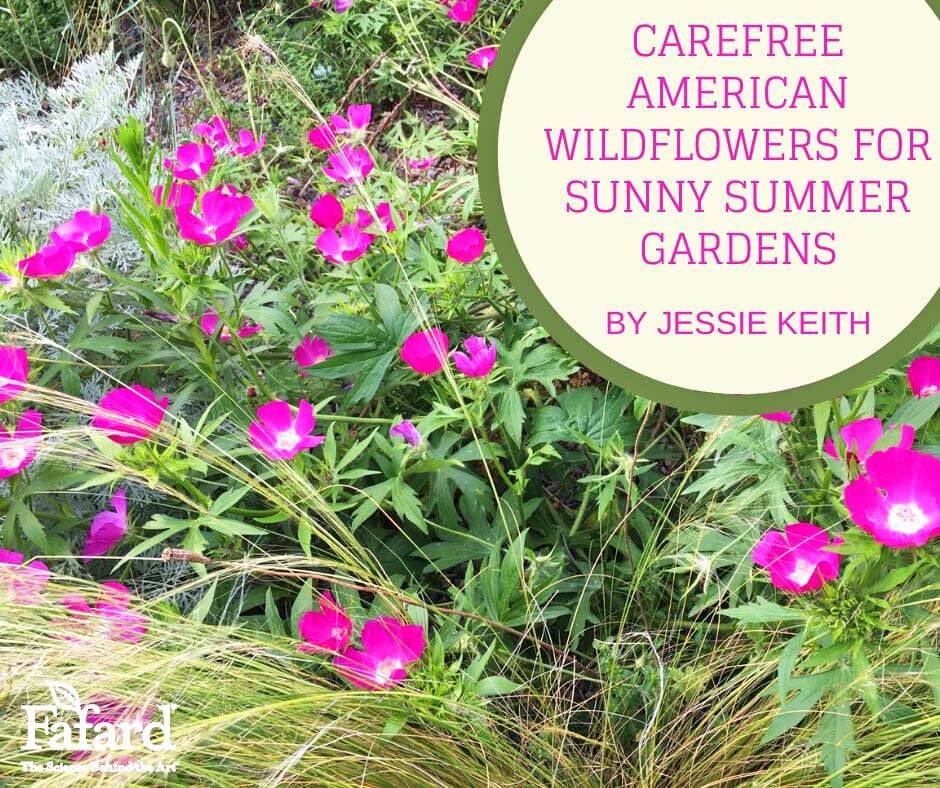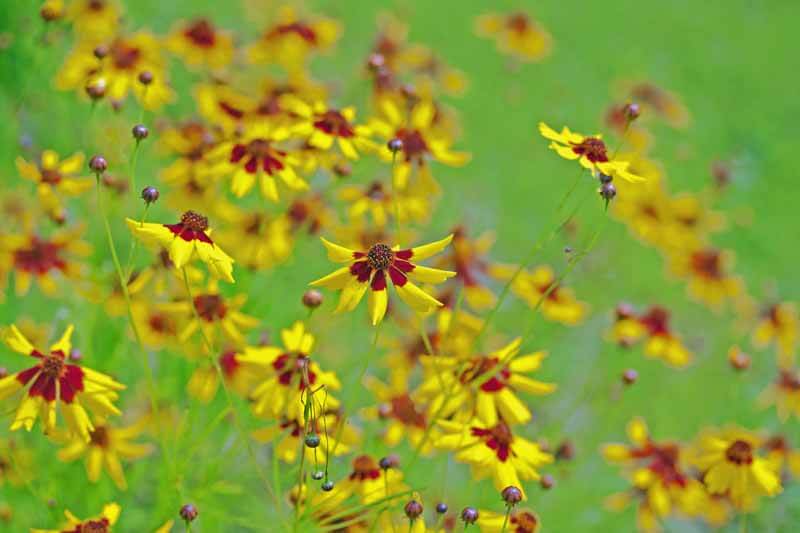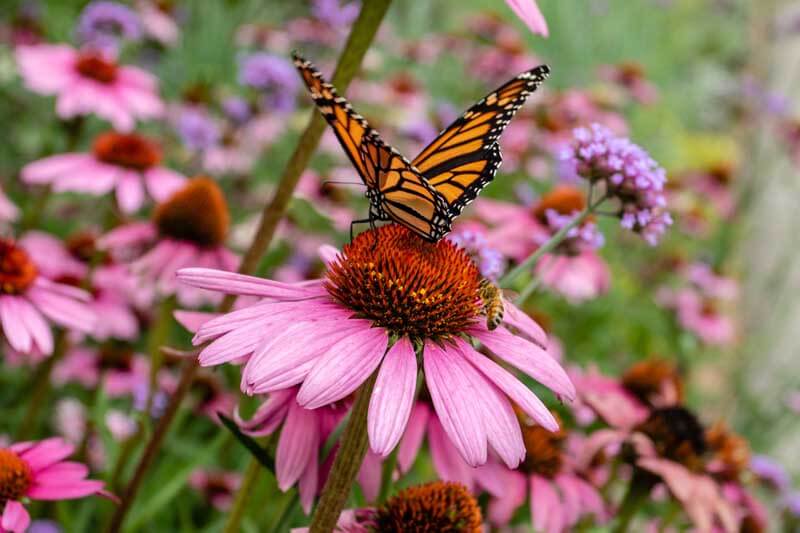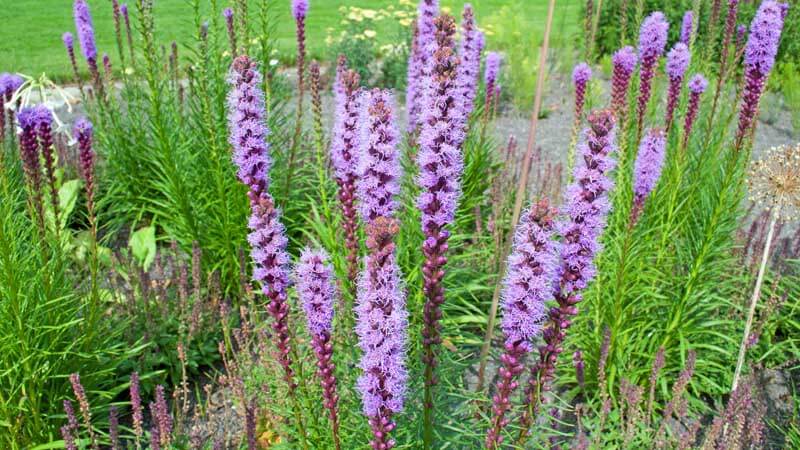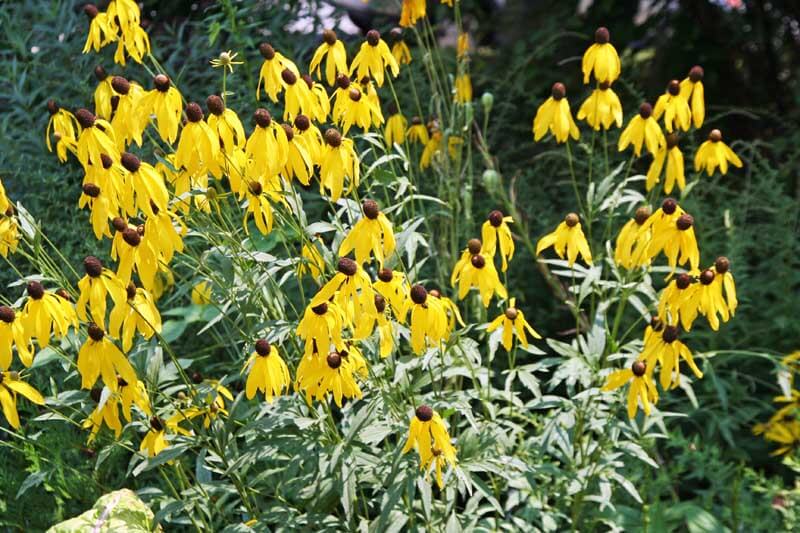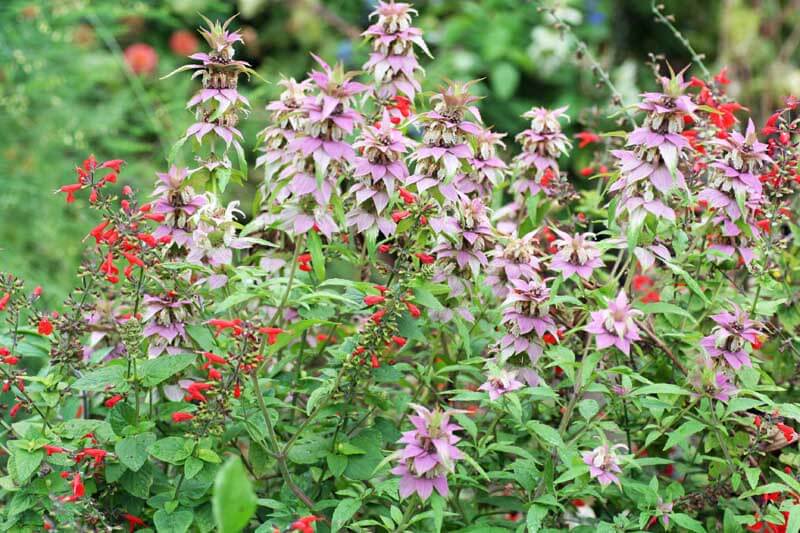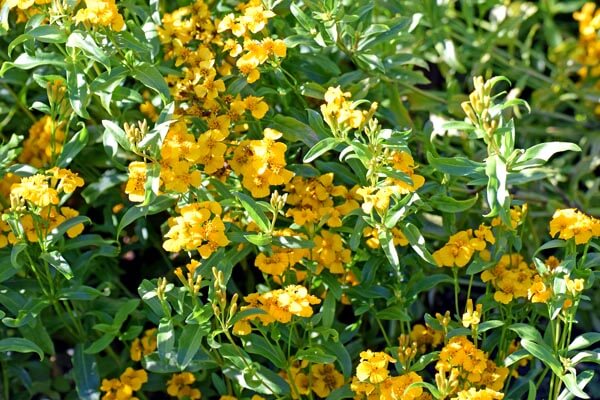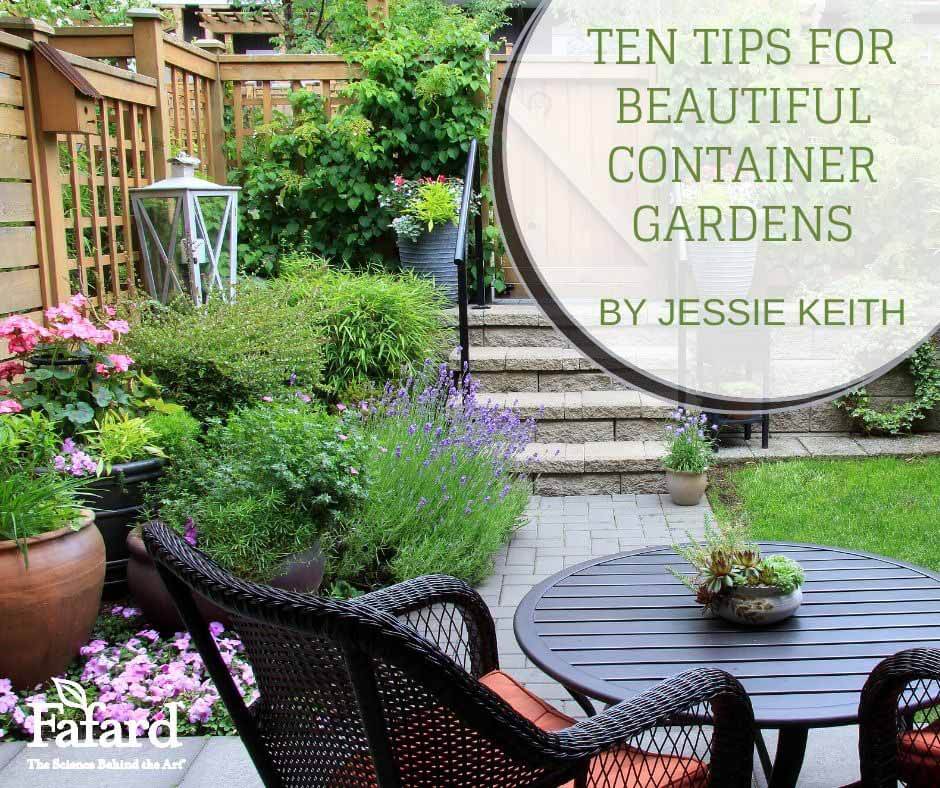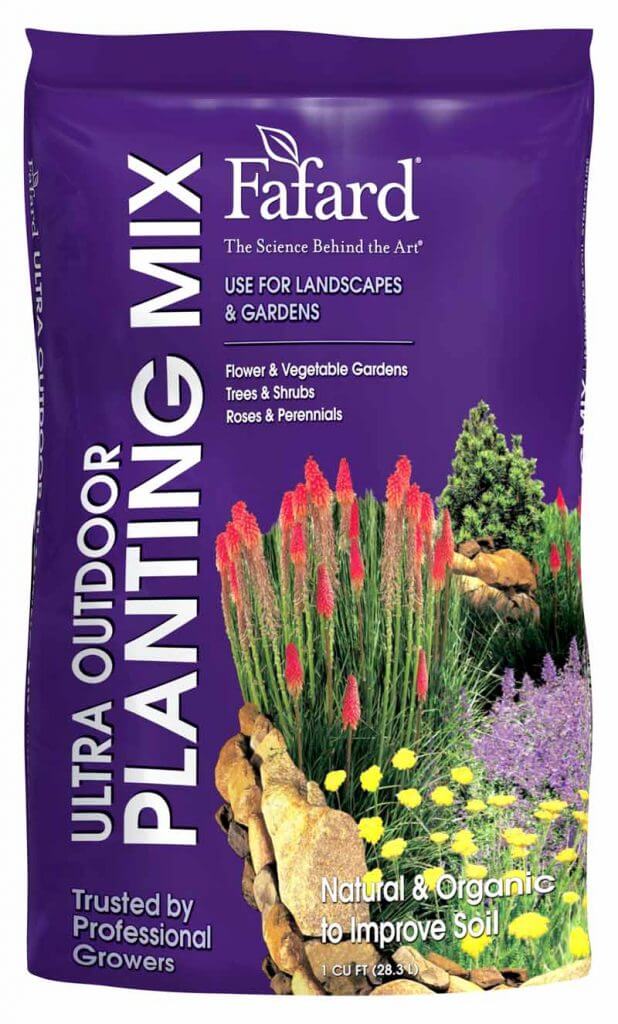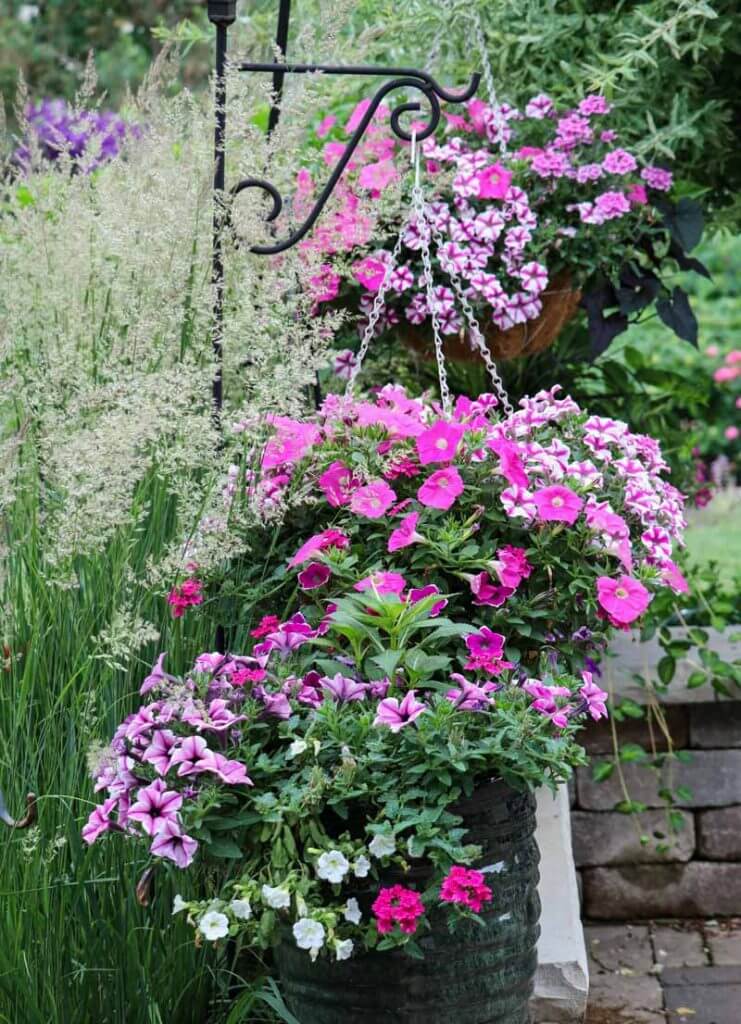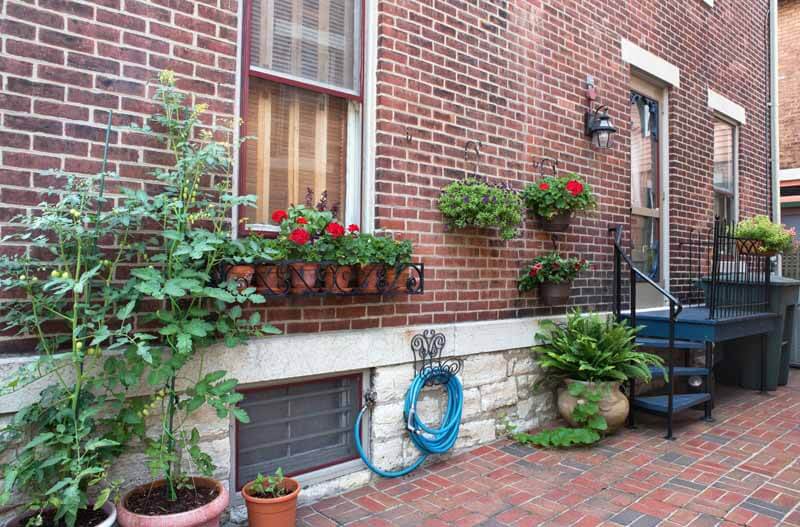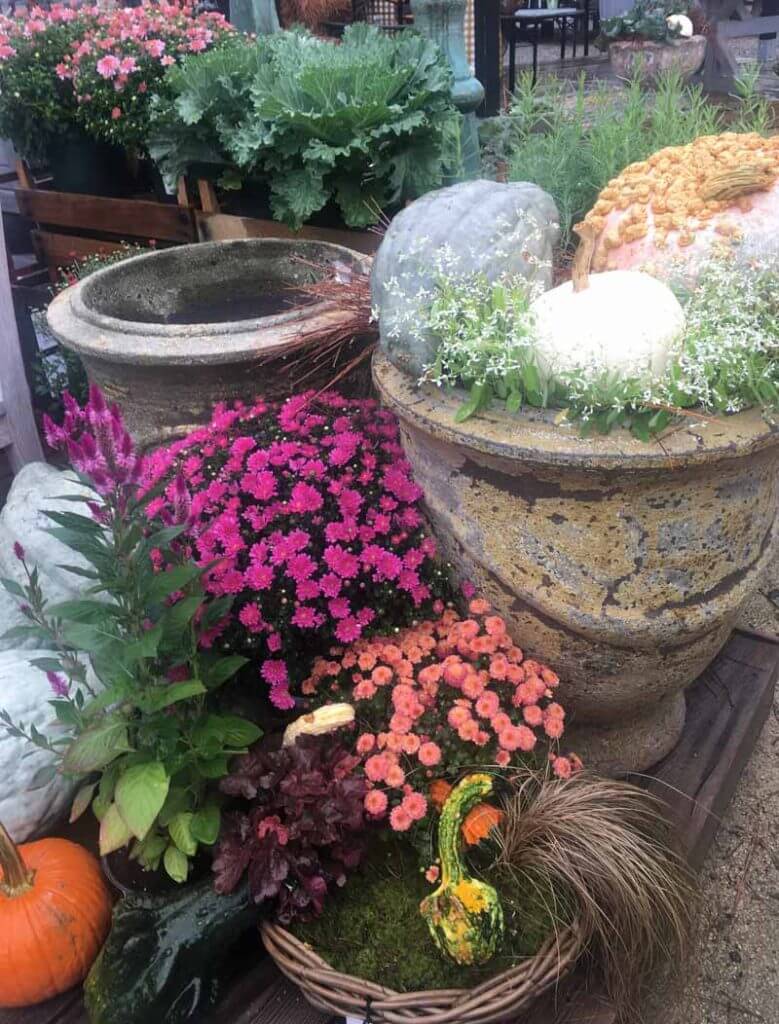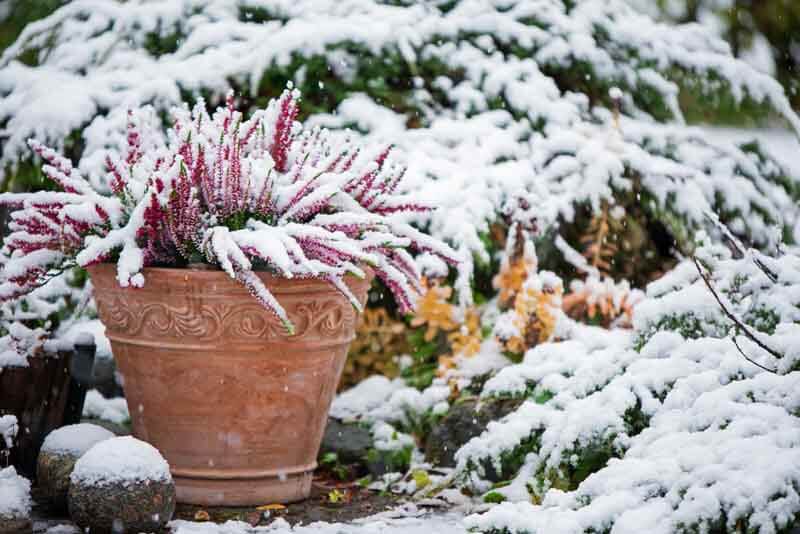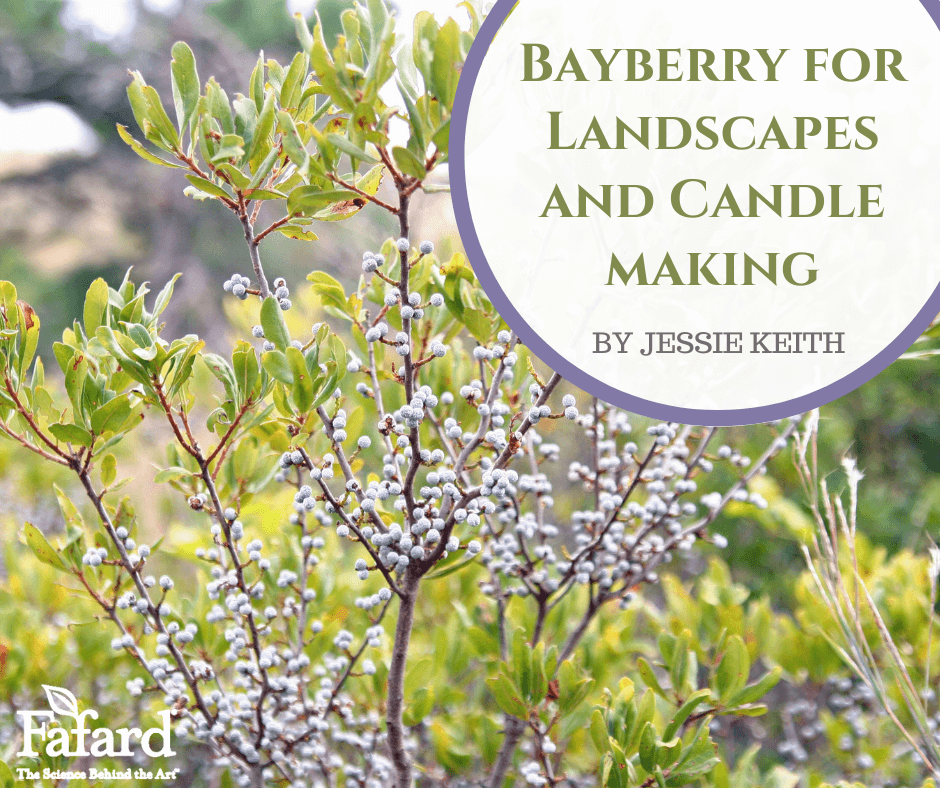
When we visit Cape Henlopen, Delaware along the Atlantic coast in fall, I always enjoy plucking a few waxy bayberries to rub between my fingers on the way to the beach. Their warm, familiar scent quickly fills the air. My children like the aroma, too, and it’s no wonder. Bayberries have been a staple of American candle and scent making since colonial times and earlier. But, they offer even more; utility, resilience, and adaptability, make these tough, native shrubs perfect for shore-side and inland landscapes.
Bayberries (Myrica spp.) have other unique attributes that give them a shore-side edge. They tolerate salt, moist soil, set deep roots, and grow well in sand or clay. Most importantly, they are able to convert atmospheric nitrogen into soil-bound nitrogen, like plants in the pea family (legumes). That means that they fertilize themselves and plants around them. (Click here to learn more about other garden plants that feed the soil naturally.) The berries also feed native birds, such as Carolina wrens, through winter.
Good Bayberries for Gardens

Before planting bayberries, it is important to understand that they are dioecious, meaning that some shrubs and male flowers and others have female flowers. That means that a male and female are needed in the landscape for fruitset.
Northern bayberry (Myrica pensylvanica, Zone 3-8) is a deciduous shrub that produces some of the finest smelling bayberries. It tends to become quite a large shrub reaching 5-12 feet, but there are a number of varieties that stay much smaller. Southern Bayberry (Myrica caroliniensis, Zones 6-10) the evergreen is similar in most traits other than foliage but is far less available at plant nurseries.
Bobbee™ (Myrica pensylvanica ‘Bobzam’) is a female variety that reaches 4-6 feet and bears copious waxy fruits on stems lined with deep green leaves.
Silver Sprite™ (Myrica pensylvanica ‘Morton’): A compact female that has grey-green foliage, bears many fall fruits that are excellent for candle making, and has dense branching, and a tidy broad-oval habit. Mature specimens can reach 4 to 5 feet high and 6 to 7 feet wide. Plant it with Male Silver Sprite™ (Myrica pensylvanica ‘Morton Male’), which has the same habit but produces make flowers. The leaves of both turn deep purple in fall.

Wax Myrtle (Myrica cerifera, Zones 6-10) evergreen foliage makes this Oceanside bayberry great for home landscapes. In the wild, it commonly dots the dunes and beaches from New Jersey down to Florida. Uncultivated specimens can form small trees reaching 10-15 feet, but there are plenty of dwarf varieties well suited to home landscapes. The small, tidy ‘Don’s Dwarf‘ (3 feet), with its blue-green fruits and olive-green leaves is one of the best and most widely available.
Planting and Care
These adaptable shrubs will tolerate excess moisture and drought once established. At planting time it helps to feed the soil with a quality amendment, such as Fafard Topsoil. (Click here to read more about how to site and plant trees.)
Prune large specimens liberally, as needed, after flowering or fruitset. Compact varieties only need light pruning and shaping early in the season. August and September are often the best months to collect berries for harvest. If you have them in your landscape, be sure to leave a few for the birds.
DIY Homemade Bayberry Candles

Ingredients
- 4 cups bayberries
- 5 cups of water
- Saucepan (just for candlemaking)
- Cotton wick
- Clothes Pin and Popsicle Stick (see below)
- Metal Washer
- Two 8 oz canning jars
- 8 oz. Beeswax
- Label
- Pyrex bowl
- Disposable chopstick or bamboo skewer
It takes approximately 4 cups of bayberries to yield 1 cup of wax. Start by picking mature bayberries; they should be fragrant, blue-gray, and waxy. This recipe will make two 8 oz. candles for gifting.
Place the bayberries in the saucepan, cover with water, bring it to a boil, and cook for 10 minutes. Remove the pan from the heat and allow it to cool. Once fully cool, the wax will harden and can be removed by hand from the pan. Be sure to remove any stray berries. The wax should be olive-green and fragrant. Your saucepan will smell of it forever, which is why we recommend purchasing an inexpensive saucepan just for candle making.
Fragrant bayberry wax is generally mixed with other natural wax, such as sweet-smelling beeswax, to make candles. Place the bayberry wax in a Pyrex bowl (preferably with a spout) along with the beeswax. Place it over a saucepan of water, double-boiler style, and bring it to a low boil until the wax has melted. Mix the waxes together with the wooden chopstick.
Tie the wick to the washer and dip it in the wax to prime the wick. Center the wash at the bottom of the candle and use the clothes pin to hold the wick at the center of the jar. Then slowly pour the melted wax in, being sure to leave 1/2 inch of headspace at the top. Repeat with the second jar.
Label your candles, secure their lids, and you are done!
